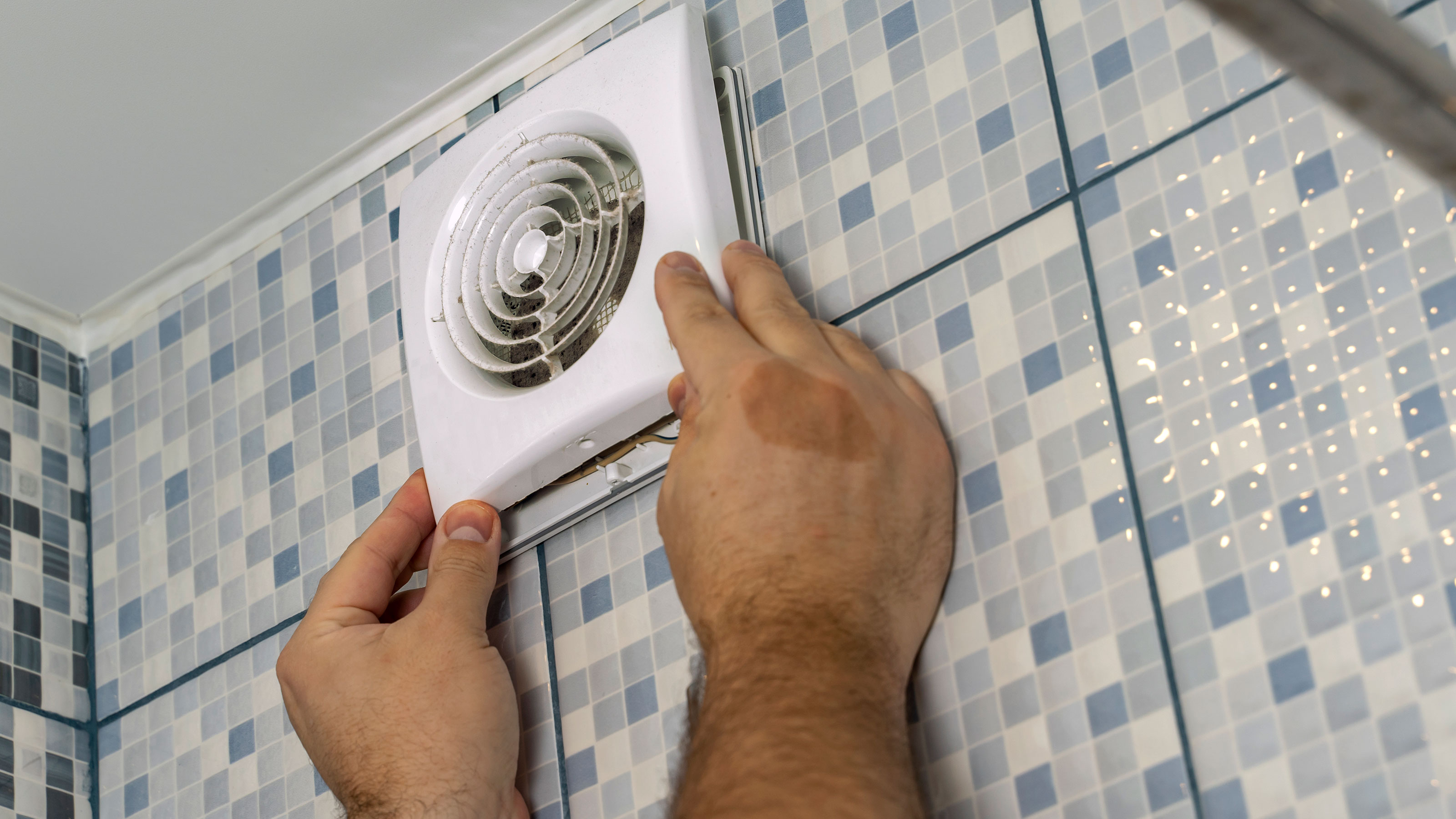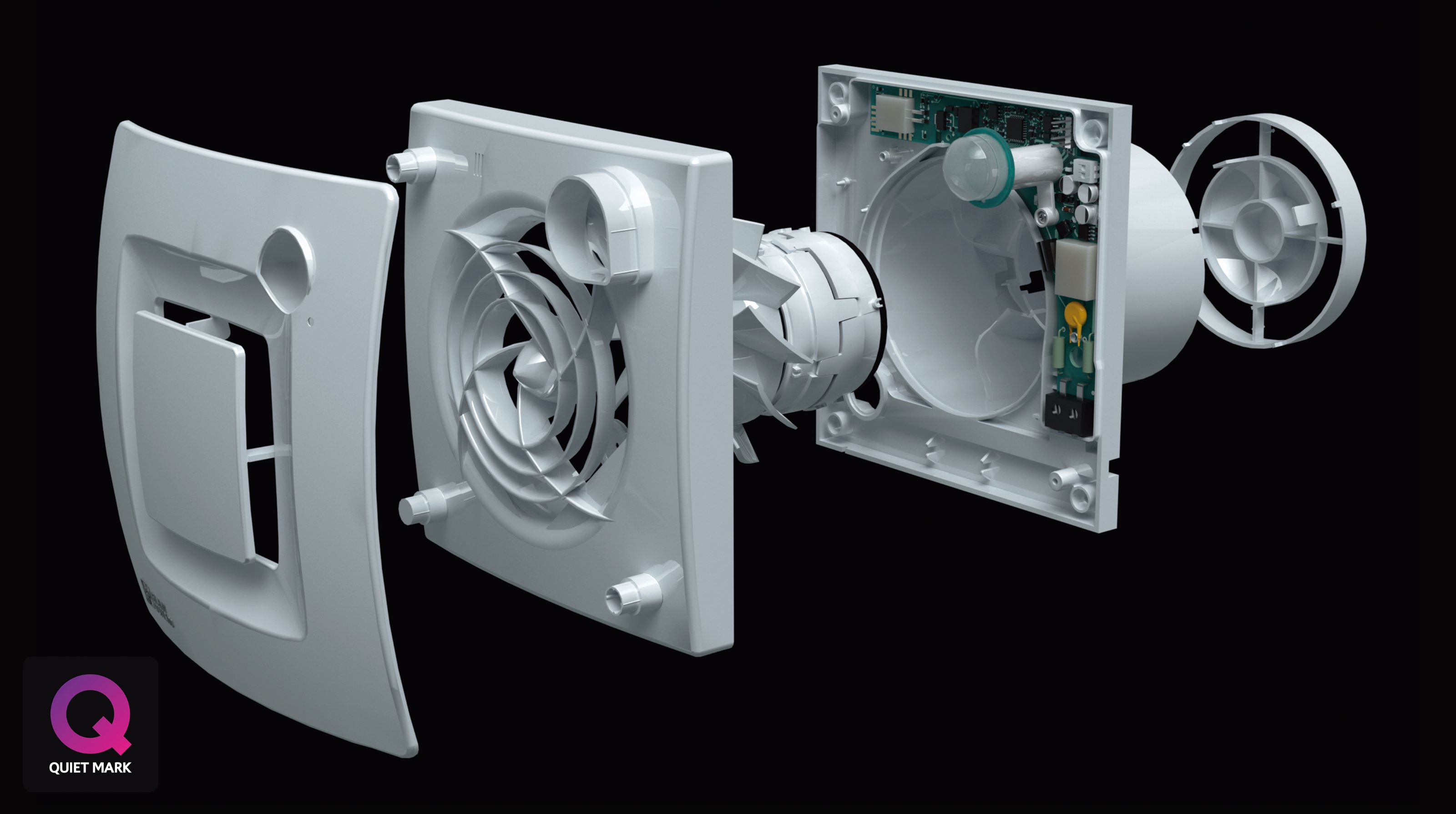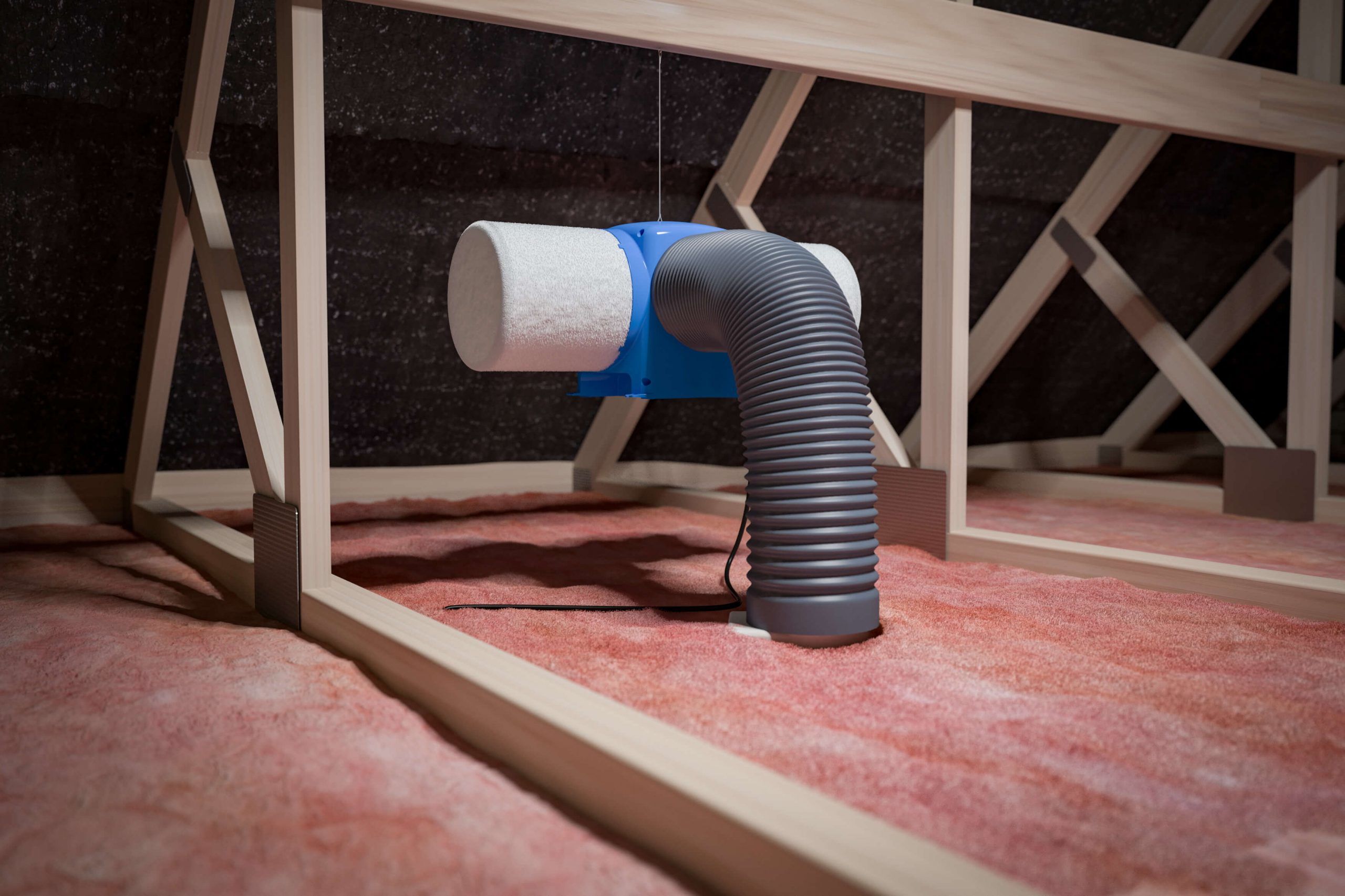What is dMEV? We explain decentralised Mechanical Extract Ventilation and its benefits?
Decentralised Mechanical Extract Ventilation (dMEV) could soon be required in all new homes by 2025 so it is important to understand what this system is and what are its benefits

If you are looking to install a ventilation system in your project but aren't sure where to start then understanding what decentralised Mechanical Extract Ventilation (dMEV) is is a good place to start.
A dMEV system falls under the continuous mechanical extract ventilation systems proposed under the government's Building Regulations where homes can use either a central extract system, individual room extract fans or MVHR.
This system brings many advantages compared to its rivals and we'll run through the main benefits and how it differs from other ventilation systems.
How does a dMEV system work?
Decentralised Mechanical Extract Ventilation (dMEV) works by having multiple, smaller ventilation units distributed throughout a house.
Each dMEV unit typically has its air intake and exhaust components. These units can be wall-mounted, ceiling-mounted, or integrated into specific areas.
The unit draws in fresh outdoor air, filters it if necessary, and then circulates it into the designated space. Simultaneously, it extracts stale or polluted indoor air and expels it outside.
In a decentralised approach, each room or zone may have its ventilation unit, providing more localised control over air quality.
Bring your dream home to life with expert advice, how to guides and design inspiration. Sign up for our newsletter and get two free tickets to a Homebuilding & Renovating Show near you.

What is the difference between dMEV and MEV?
As mentioned dMEV systems consist of individual units placed in different rooms within a building, whereas centralised Mechanical Extract Ventilation (MEV) involves the installation of one central unit.
These systems, along with Mechanical Ventilation and Heat Recovery (MVHR), replaced Positive Input Ventilation (PIV) in the government's Building Regulations Part F as viable ventilation systems.
Although both systems work to remove stale air and provide fresh air, dMEV units work independently of one, but MEV units all work uniformly.
The choice between dMEV and MEV depends on factors such as the building's layout, specific ventilation requirements, and the desired level of control in different areas.

What are the benefits of dMEV?
Decentralised systems offer enhanced energy efficiency compared to centralised alternatives by enabling targeted ventilation.
This means only the areas requiring ventilation receive service at any given time, reducing energy consumption, which can help save homeowners from energy price rises.
These systems are also designed with control mechanisms, allowing for localised management of ventilation parameters in various areas. This ensures flexibility tailored to specific requirements and preferences.
Many dMEV units are equipped with variable-speed fans and sensors that monitor indoor air quality and improve airtightness. This allows the system to dynamically adjust its operation based on the specific needs of the space, ensuring efficient and responsive ventilation.
Additionally, some dMEV units operate without requiring extensive ductwork, simplifying installation and lowering construction costs. However, it's worth noting that certain dMEV systems may still use short ducts for effective air distribution.
The dMEV system is also part of the government's Future Homes Standard proposals meaning it could be required in all new homes from 2025.

News Editor Joseph has previously written for Today’s Media and Chambers & Partners, focusing on news for conveyancers and industry professionals. Joseph has just started his own self build project, building his own home on his family’s farm with planning permission for a timber frame, three-bedroom house in a one-acre field. The foundation work has already begun and he hopes to have the home built in the next year. Prior to this he renovated his family's home as well as doing several DIY projects, including installing a shower, building sheds, and livestock fences and shelters for the farm’s animals. Outside of homebuilding, Joseph loves rugby and has written for Rugby World, the world’s largest rugby magazine.
